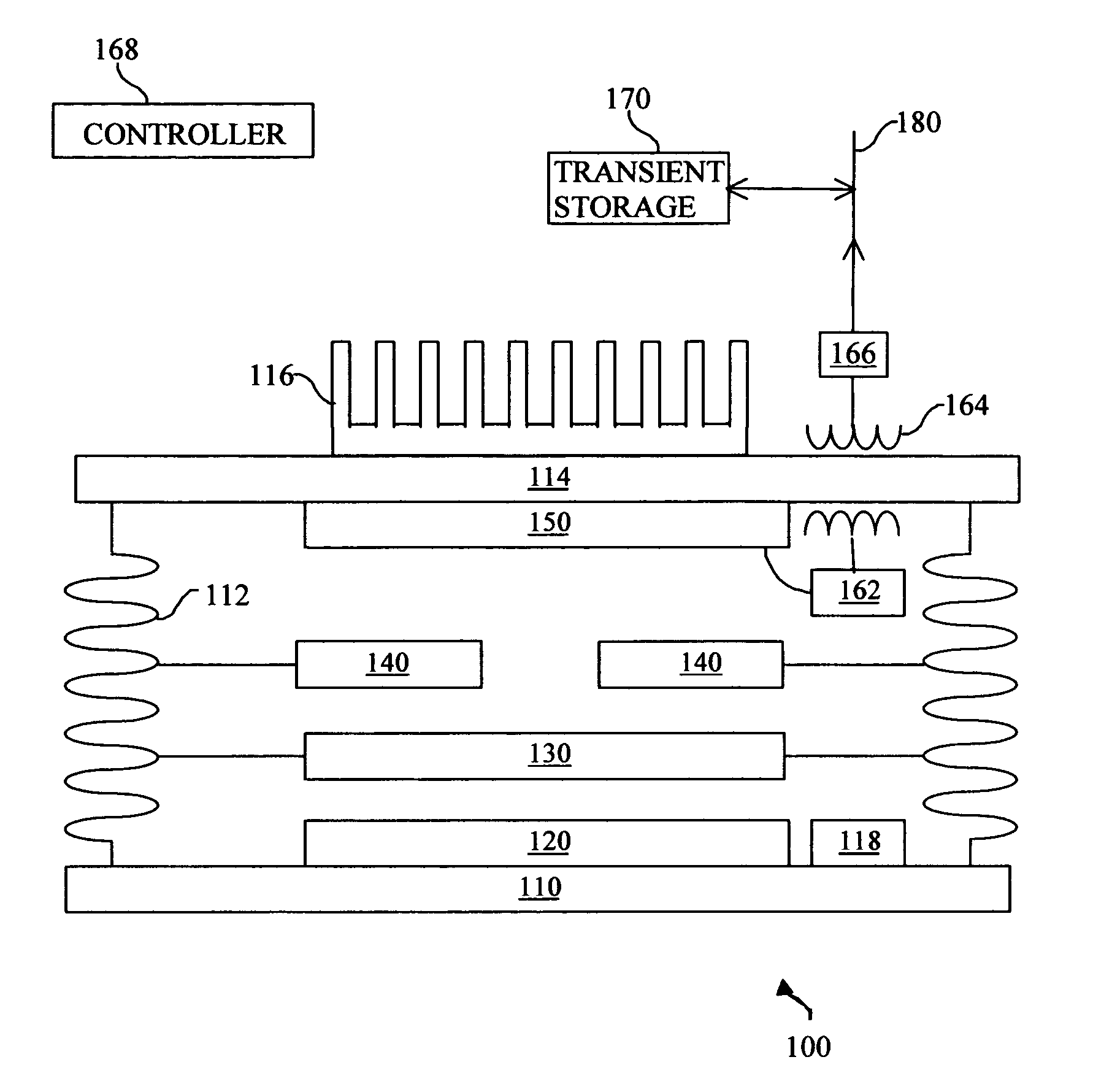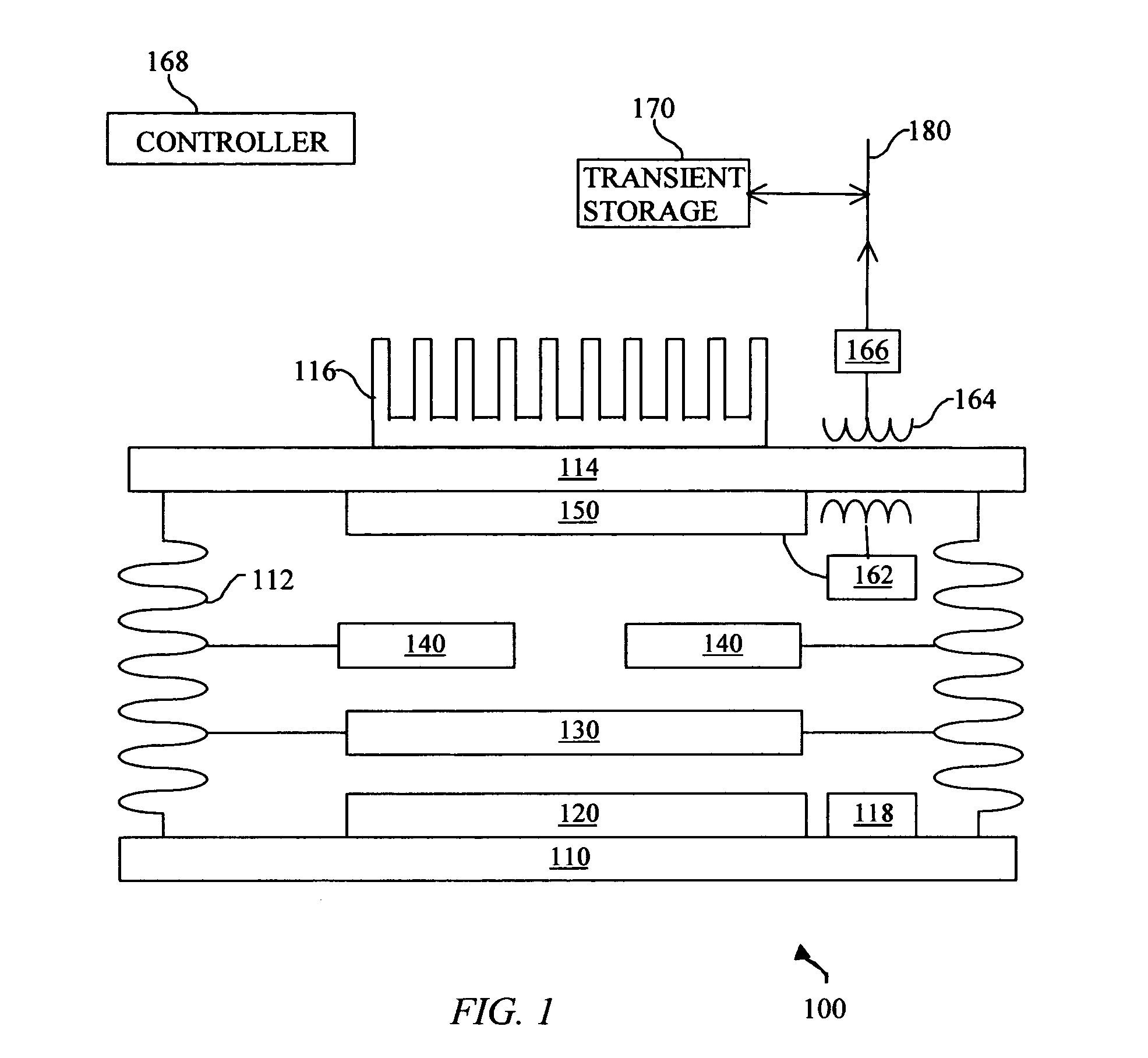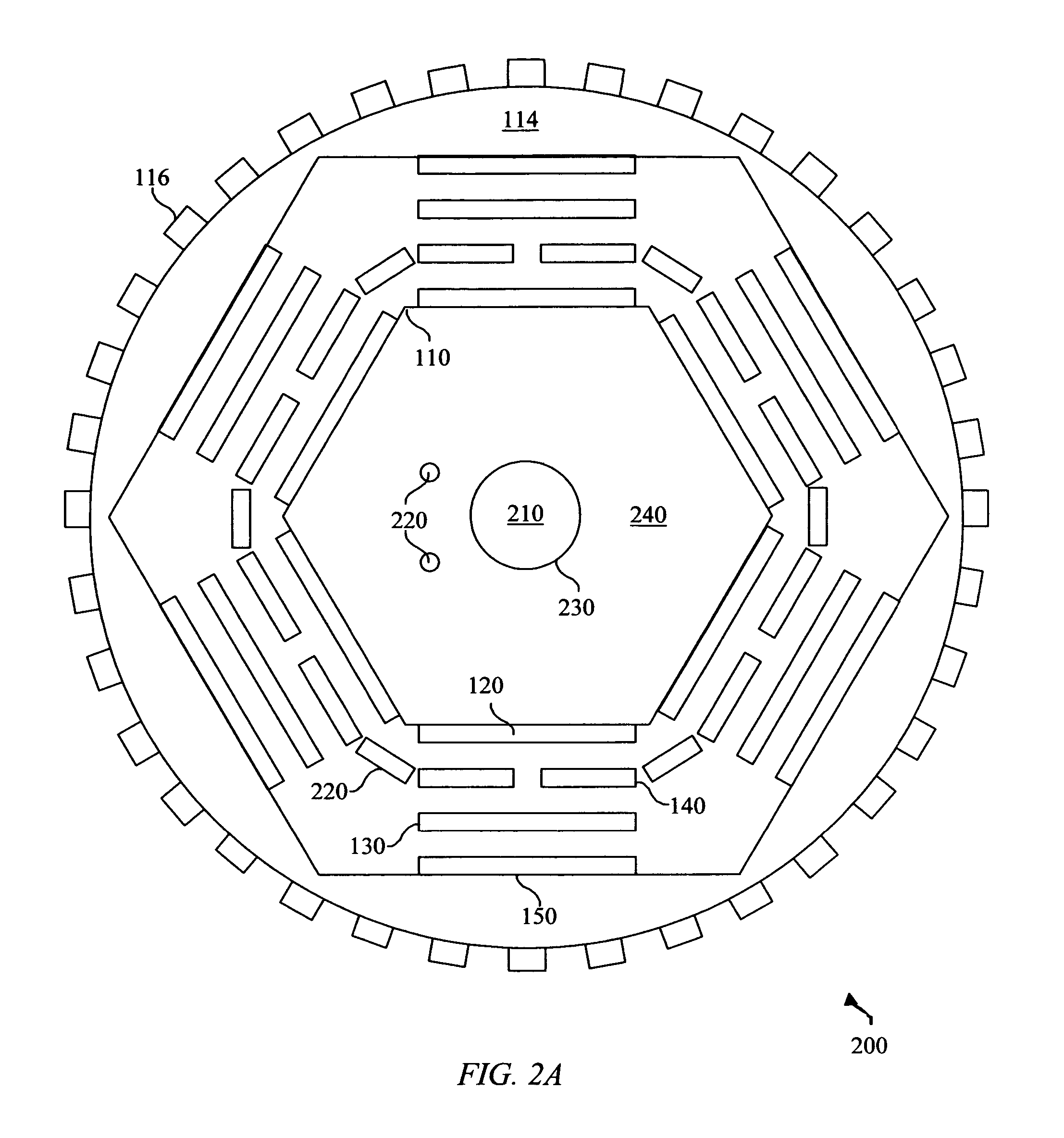System and method for enhanced thermophotovoltaic generation
a technology of thermophotovoltaic and enhanced generation, applied in thermal-pv hybrid energy generation, pv power plants, instruments, etc., can solve the problems of reducing efficiency, less power being delivered, and cell voltage collapse, so as to reduce fossil fuel nox emissions, increase burner efficiency, and expand the range of useful energy sources
- Summary
- Abstract
- Description
- Claims
- Application Information
AI Technical Summary
Benefits of technology
Problems solved by technology
Method used
Image
Examples
Embodiment Construction
[0021] Embodiments of the present invention and their advantages are best understood by referring to FIGS. 1 through 5 of the drawings, in which like numerals refer to like parts.
[0022]FIG. 1 is a diagram demonstrating one method of TPV power conversion in accordance with the present invention. A variety of thermal energy sources may deliver heat to emitter 120. Emitter 120 is a photonic crystal possessing a PBG. Preferably emitter 120 consists of: two materials with a large refractive index contrast, a full 3 dimensional PBG, a wide PBG, one material has a complex dielectric constant, and has a low manufacturing cost. All or some of these properties may be present in varying degrees. An inverse opal structure offers a low manufacturing cost, beneficial in market acceptance. Other structures such as a woodpile, or a rod and post, may offer higher performance at a higher cost. A 2 dimensional PBG may be used. In other embodiments Emitter 120 may be a rare earth or a micro structured...
PUM
 Login to View More
Login to View More Abstract
Description
Claims
Application Information
 Login to View More
Login to View More - R&D
- Intellectual Property
- Life Sciences
- Materials
- Tech Scout
- Unparalleled Data Quality
- Higher Quality Content
- 60% Fewer Hallucinations
Browse by: Latest US Patents, China's latest patents, Technical Efficacy Thesaurus, Application Domain, Technology Topic, Popular Technical Reports.
© 2025 PatSnap. All rights reserved.Legal|Privacy policy|Modern Slavery Act Transparency Statement|Sitemap|About US| Contact US: help@patsnap.com



